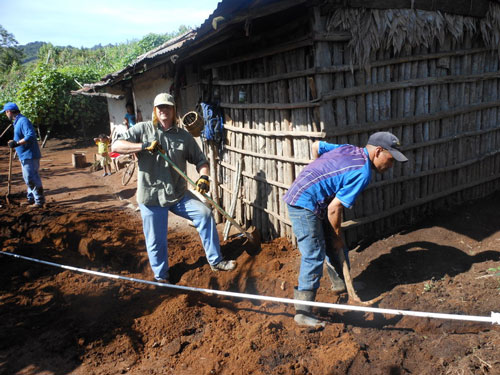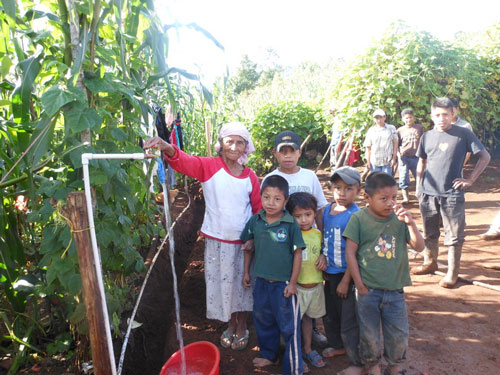Volunteer work is exactly what you would think it is—voluntary. Despite this fact, it can often be difficult to get involved in volunteering. This is many because people do not know the correct steps for how to begin their volunteer experience. If you’re looking to volunteer as an individual, or if you’re looking to get the whole family or your business involved, here’s a few simple tips.
One of the most satisfying and productive ways to unite your family or business is volunteering for community service projects. Volunteer work also sets a good example for your kids and helps the community. To get your employees or family members participating in a volunteer program, you should make it relatively pain-free to get involved.
Of course, many people will do volunteer work to feel a sense of fulfillment, but others may need some additional encouragement. Here’s a few ideas if you’re thinking of getting your entire business involved. First, you could give your employees specific paid-time off that can only be used for approved volunteer activities. Secondly, you could consider sponsoring a local community event. This idea is perfect for smaller, local companies, such as an AC installation contractor or a landscaper.
How to Get Involved with Volunteer Work
If you’re looking for a lot of participants, then the easier the best is always the answer. Hosting monthly blood drives allows for your employees to donate blood without leaving the office. Or a food or clothing drive is a great way to make an immediate impact on the community. Another idea is to “adopt” local families during the holidays. By doing this, your staff can buy gifts for the children or provide items needed in the household.
In the end, volunteer work can be very satisfying for all those involved. The pride that comes from helping others is just alone an important reason to volunteer. When you commit your time and effort to an organization or a cause you feel strongly about, the feeling of fulfillment can be endless. Additionally, getting your family involved in volunteer work can be great for young kids. They can learn what it means to make and keep a commitment. They’ll also learn how to be on time for a job, do their best, and be proud of the results. By giving up their playtime or even one of their favorite toys to another child, they’ll understand sacrifice. Then, they’ll learn that there are important things besides ourselves and our immediate needs.
Before jumping head first into volunteering, start small. Give a few hours at first. After all, part of being an effective volunteer is preventing burnout. It’s important to realize your ability to give has limits and draw boundaries that allow you to rest, recharge, and remain sane. This is especially true if you and your family or employees are working on the frontline serving people. It’s simple, but true: You need to take care of yourself before you can take care of anyone else.



